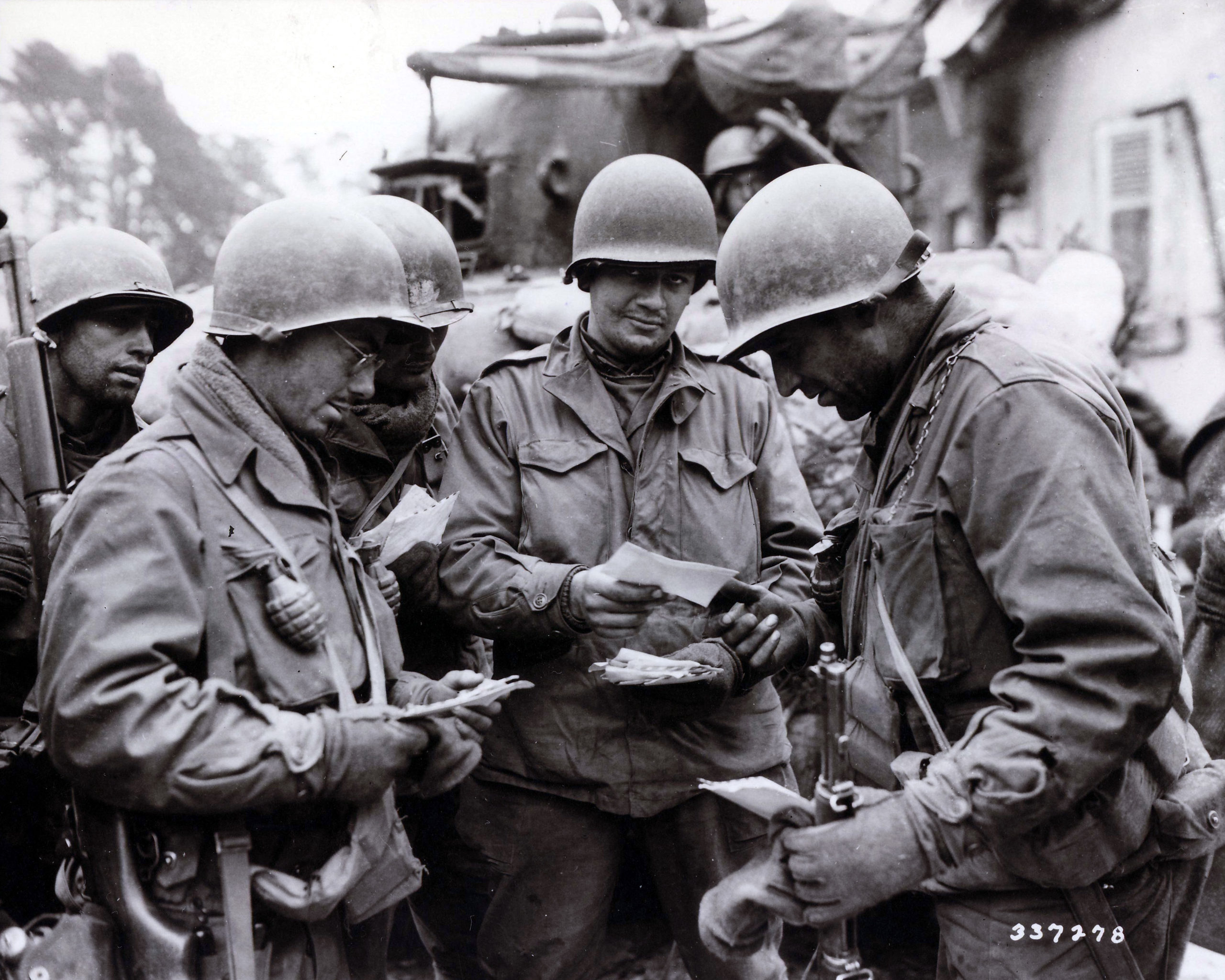
“While many today oppose the use of cluster bombs, landmines, and drones due to the carnage they wreak on civilian populations, none of these can match the devastation which befell the people of Japan.”
By George Yagi Jr.
ON AUG. 6, 1945, the world changed forever as the attack on Hiroshima ushered in a dark new era in the history of humanity.
An estimated 80,000 civilians lost their lives in a blinding flash after an American bomber released its catastrophic payload over the city. Three days later, another 40,000 people were incinerated in the massive explosion at Nagasaki. Women, children, infirm, and the elderly — no one was spared from this weapon of mass destruction.
While many today oppose the use of cluster bombs, landmines, and drones due to the carnage they wreak on civilian populations, none of these can match the devastation that befell the people of Japan.

The mechanics of the Hiroshima and Nagasaki bombs were particularly frightening. For those at the epicenter of the blasts, death was immediate as the fireballs reached temperatures of 300,000 °C.
With each detonation came a concussion wave, which levelled all buildings for miles around. At the same time, gamma rays, neutrons, and beta particles poisoned the air.
Both explosions sucked tons of pulverized debris and hazardous material into the sky forming 60,000-foot tall mushroom clouds, the shape of which has since become an icon of nuclear Armageddon. As the explosion subsided, much of the radioactive ash that was thrown into the atmosphere drifted back to earth in the form of an infamous black rain. This fallout contaminated water sources and spread sickness upon those it landed.
Many victims not fortunate enough to be killed instantly faced slow and agonizing deaths over the coming hours and days. Depending on the distance from ground zero and the amount of exposure to fission products, a person’s own body cells could be effectively destroyed.

others were vapourized in an instant. (Image source: WikiCommons)
Those not poisoned outright, soon developed radiation sickness, a terrifying illness that progresses in three stages. Symptoms include diarrhea, fever, hair loss, headache, hemorrhaging, nausea, and a drop in white blood cell counts. Anyone who somehow managed to survive the immediate aftermath of the attacks still faced the possibility of leukemia and other forms of cancer in the years that followed.
It’s estimated that all casualties from the Hiroshima and Nagasaki bombings combined number over 300,000 innocent lives.

During his historic visit to Hiroshima in 2016, President Barack Obama rightly called for a world without nuclear armaments. Considering that chemical and biological weapons are banned by the Geneva Protocol, it is not unreasonable for the international community to take the same approach with atomic bombs. The devices dropped on Japan in 1945 are now obsolete, having long since been replaced by even more powerful and destructive weaponry. We can only hope that mankind does not destroy itself someday.
So how should we remember the deadly effects of radiation witnessed at Hiroshima and Nagasaki? Much like President Obama, we should place a wreath before the mantle of history and hope that the world never witnesses such a tragic event again.
Dr. George Yagi Jr. is an award winning author and historian at California’s University of the Pacific. Among the victims at Hiroshima were members of his family. Follow him on Twitter @gyagi_jr










Yes ban nuclear weapons and return to a kinder time. When Baghdad resisted the Mongols slaughtered the population, and made a pyramid of human skulls. How about the peace following WWII in Europe? An estimated 3 million were killed during ethnic cleansing. Ignore 3,000,000 people sent to Russia, or millions of German soldiers used by Western allies as slaves. Ignore the Western Allies grossly violating the Geneva Convention causing 40-50,000 POWs to die of exposure and starvation.
Ignore Tokyo being snuffed out and 120,000 people burned to death. Rewrite history and condemn nuclear weapons as so much more horrible.
…and don’t forget the 10s of millions who IN THE U.S.A. and before 1789 perished in the AFRICAN SLAVE TRADE and related phenomena and also in the NATIVE AMERICAN GENOCIDE called “Manifest Destiny” that occurred from “sea to” the shining South China Sea amen?